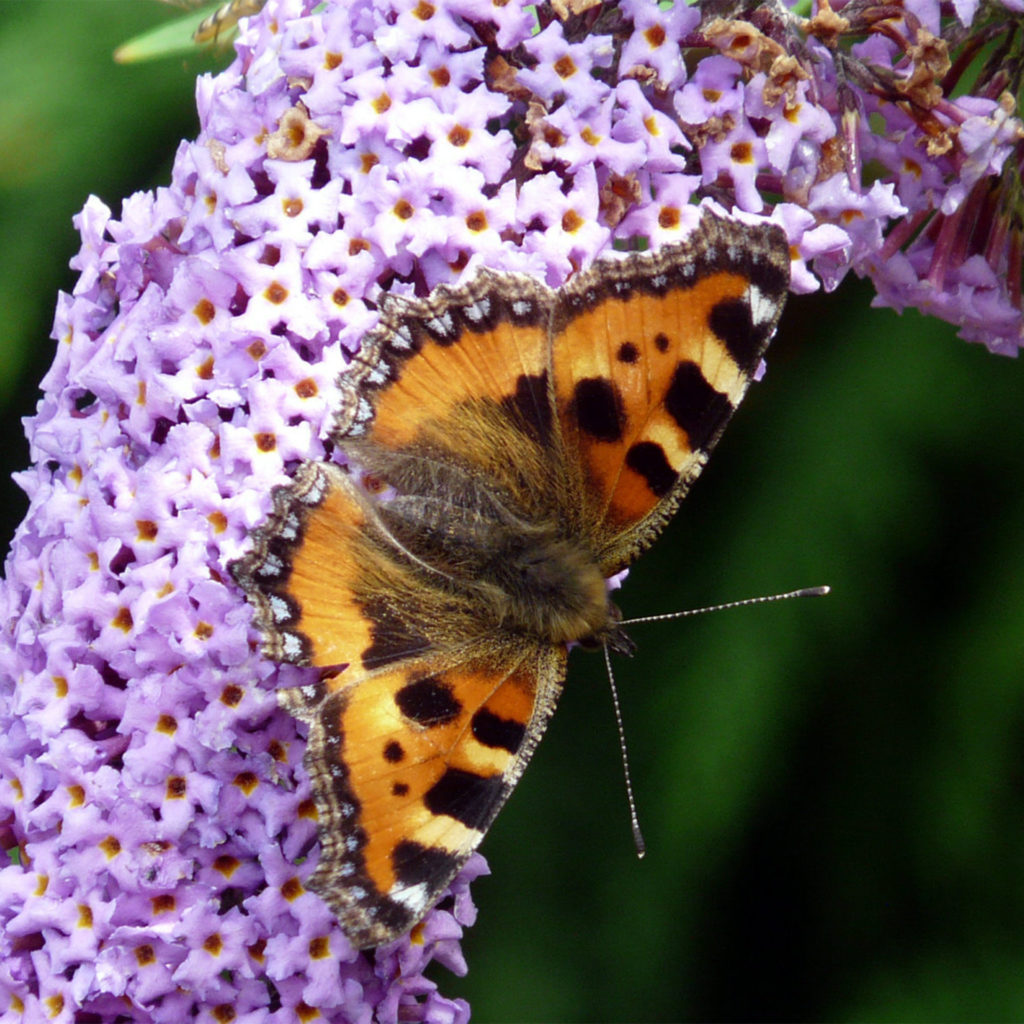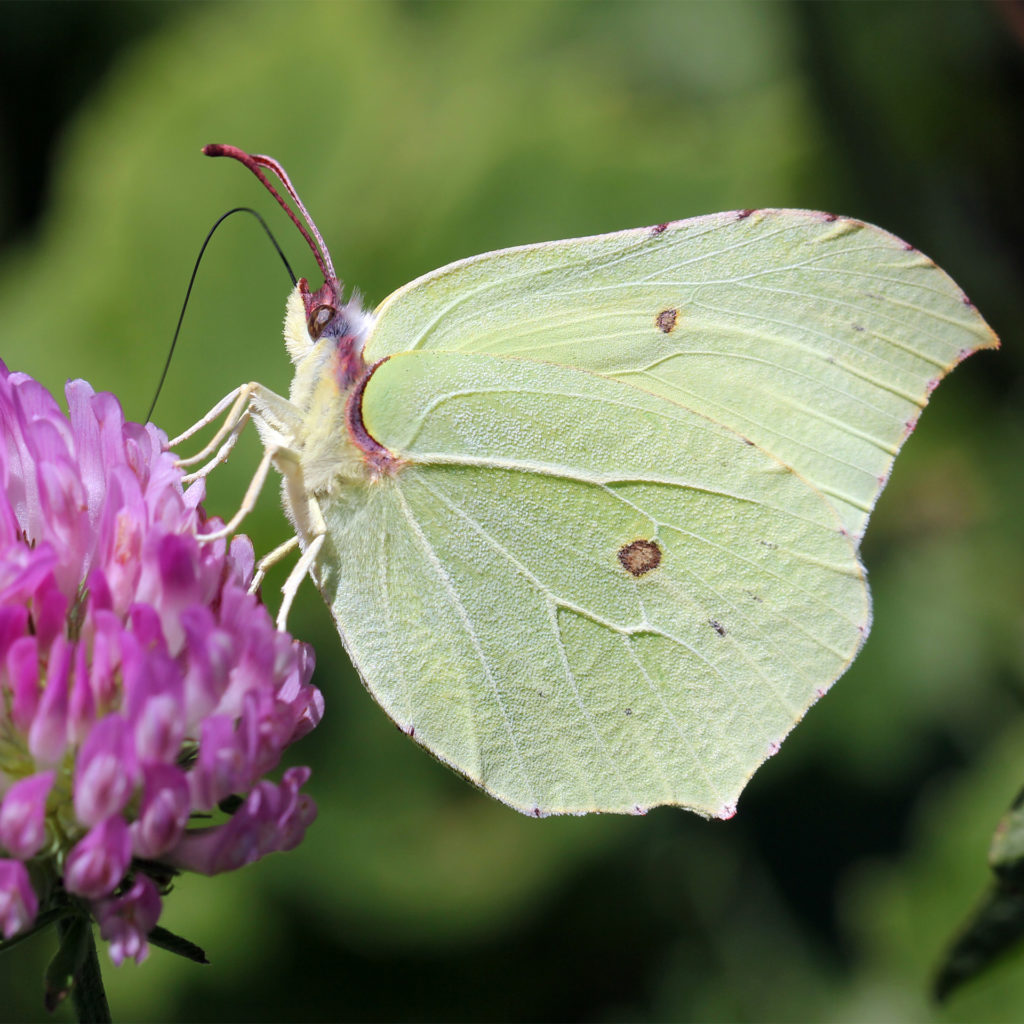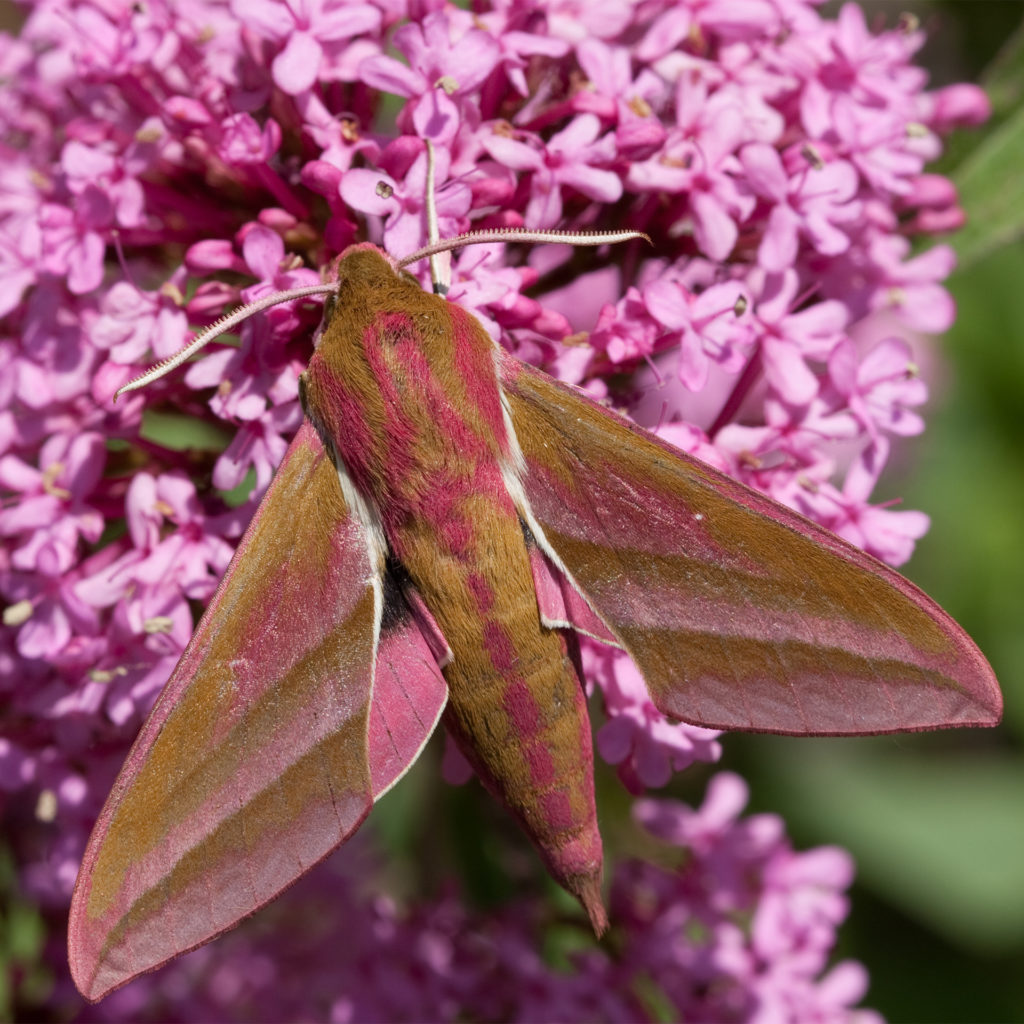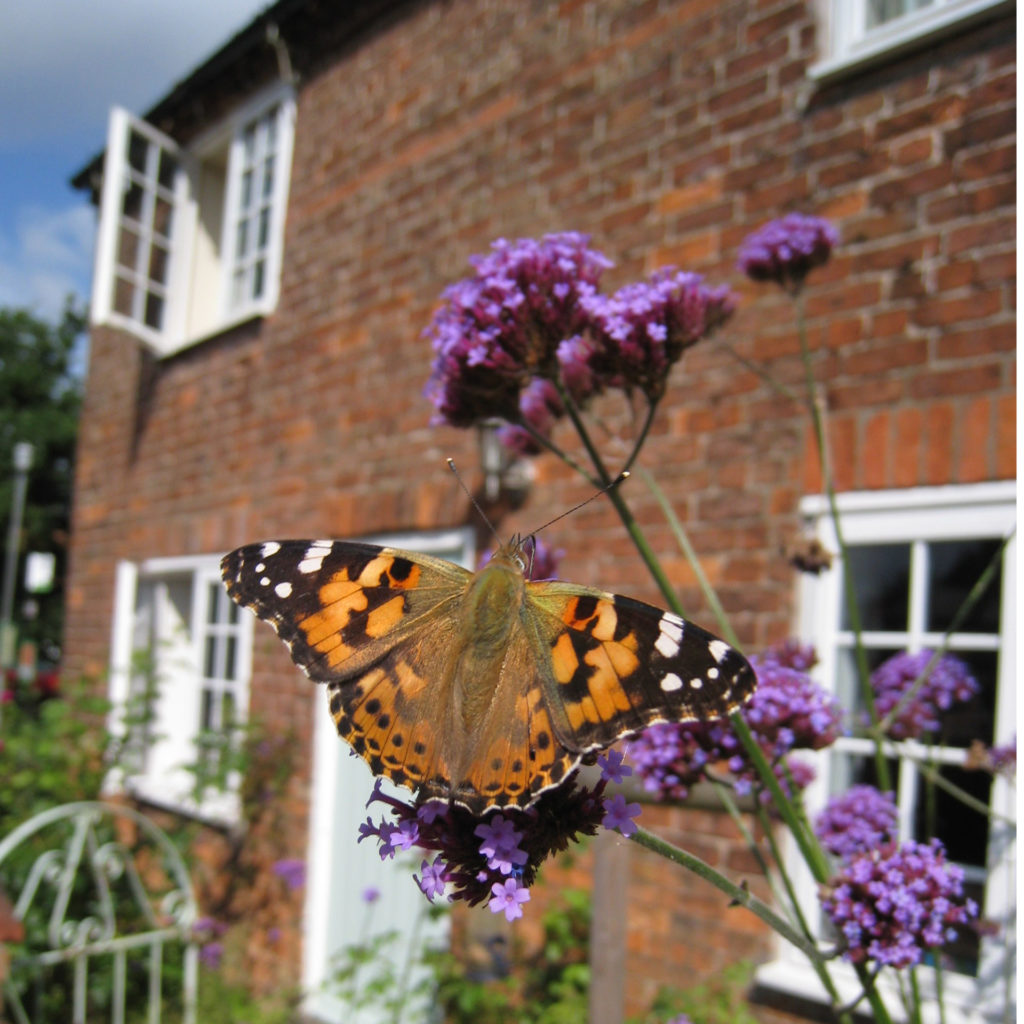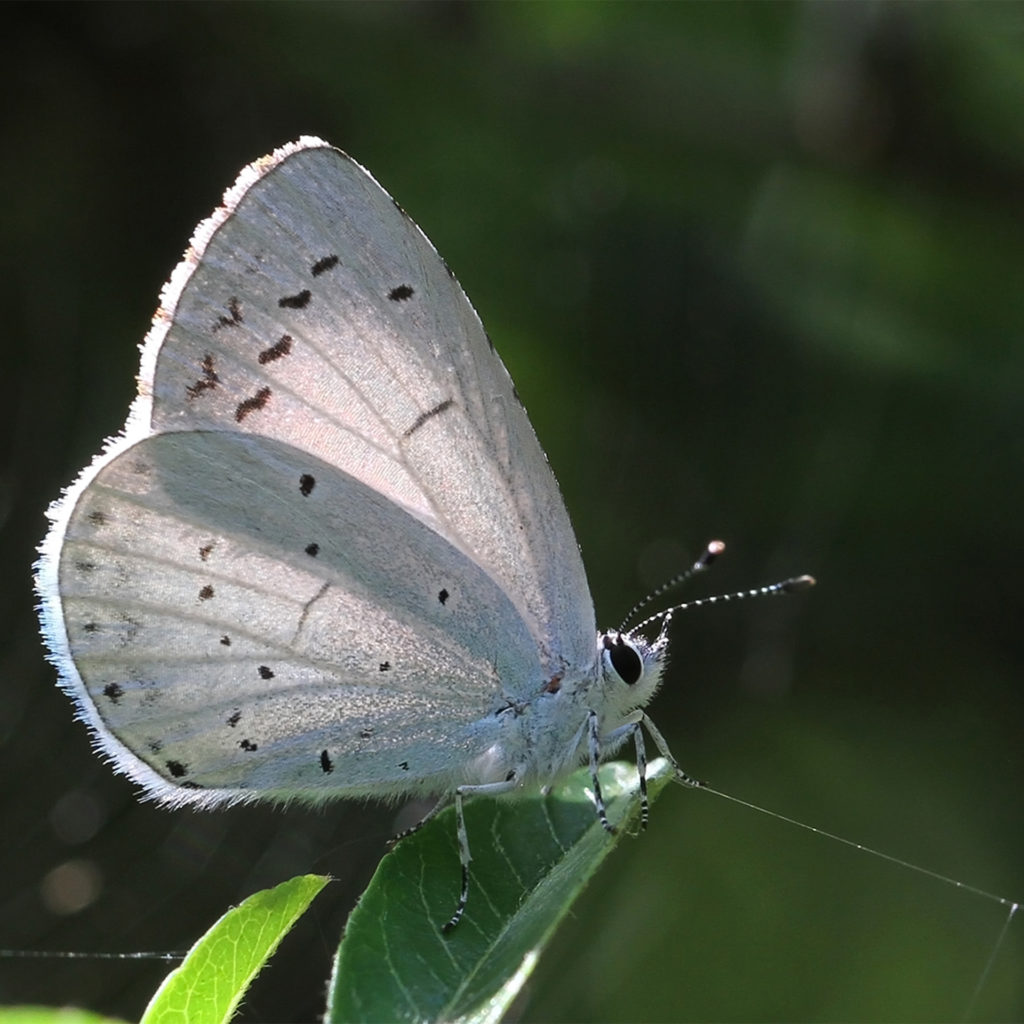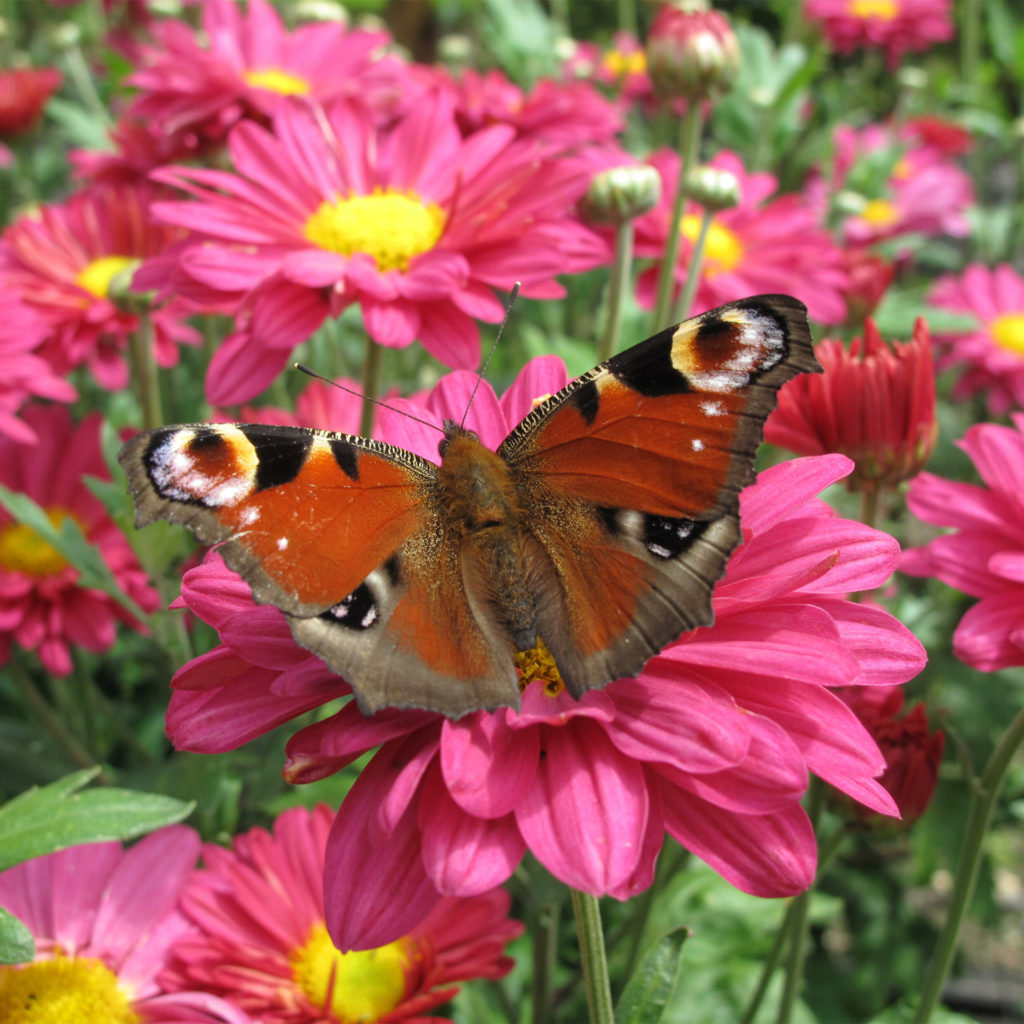Grow A Secret Garden For Butterflies
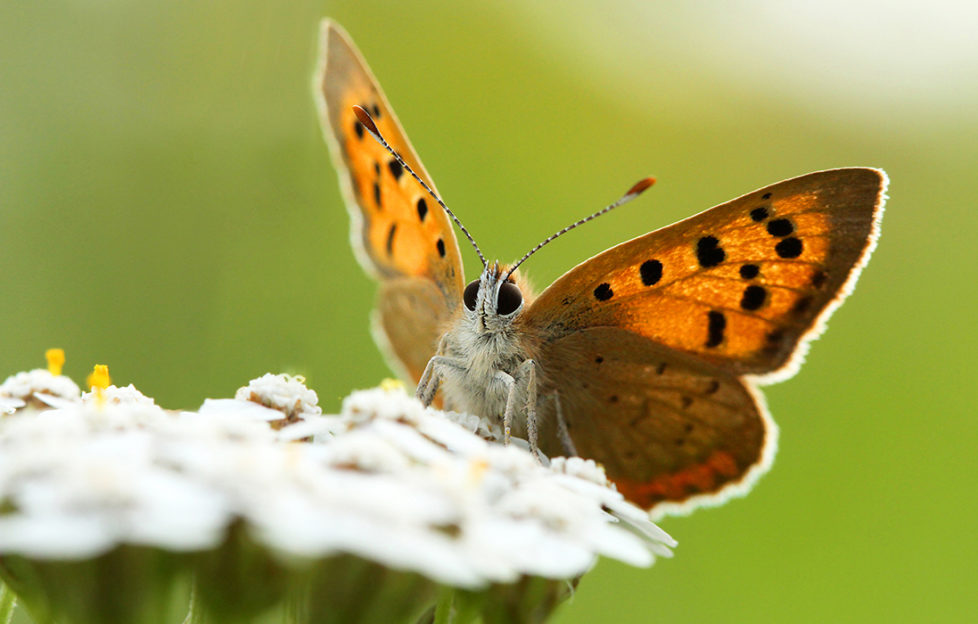
This year’s Wild About Gardens campaign, run jointly by The Wildlife Trusts and Royal Horticultural Society (RHS), is calling on gardeners to get growing to help the UK’s falling numbers of butterflies and moths.
The new campaign draws inspiration from a dazzling new film adaptation of the Frances Hodgson Burnett classic, The Secret Garden. The film stars Colin Firth, Julie Walters and newcomer Dixie Egerickx as Mary Lennox.
The film will be bringing the magic of wildlife, childhood and gardening to the big screen this spring. It’s released in cinemas across the UK from Good Friday, April 10, 2020.
Once-common species are vanishing
Butterflies and moths are important pollinators and, along with caterpillars, are vital food for birds like robins and blue tits as well as bats.
However, their habitats have faced catastrophic declines. Once-common species like the small tortoiseshell have dropped by up to 80% in the last 30 years in some areas.
An ideal butterfly garden has a wide variety of plants throughout the year to support their life cycles – for butterflies and moths emerging from hibernation, egg-laying females, caterpillars and then as adults.
What should I plant?
Early-flowering species such as dandelions, aubretia and native bluebells are good sources of nectar. These could be followed by buddleia and red valerian and, finally, ivy flowers which are a great late-season asset in the autumn.
Many wildflowers and long grasses are also excellent larval food-plants. Whether your garden is large or small – or simply a flowering window-box – it could throw these declining insects a lifeline, especially in urban areas.
The Wildlife Trusts’ gardening champion, horticulturist and TV presenter Frances Tophill says:
“Our garden flowers and plants provide a rich source of rejuvenating nectar for these much-loved garden visitors as they emerge from hibernation to herald the start of spring.
“Go wild in your garden and leave the dandelions and daisies in the lawn to provide a meal. Aim for year-round flowers. Include a wildflower area for egg-laying females, as well as gardeners’ favourites like lavender, nasturtium and verbena.
“The Wild About Gardens website is packed with information and easy actions we can all take to support butterflies and moths throughout their impressive life cycle.”
“Let’s make a nature recovery network”
Ellie Brodie, senior policy manager of The Wildlife Trusts says:
“We all love watching moths and butterflies as they flutter by and brighten up our gardens – being in nature replenishes us and makes us happy.
“We know that UK wildlife is in decline and needs our help. That’s why we’re asking gardeners to work together and create a wave of long grass, wildflowers, colour and perfume across the country – a nature recovery network for these gorgeous creatures.”
Helen Bostock, Senior Horticultural Advisor at the RHS says:
“Many moth and butterfly species are helpful pollinators and an important part of a balanced, healthy garden.
“With many of their natural habitats under threat, please consider rewilding an area of the garden to provide food and shelter for these fascinating insects or sacrificing a patch of plants.
“For example, a window box bursting with nasturtiums will help attract large white butterflies away from your cabbage crop.”
Pledge for butterflies
Every butterfly garden counts. We want to know about every new wild area, box or border that’s being grown for butterflies.
Each garden contributes towards the network of green spaces that nature needs to survive. Please pledge a bit of garden for butterflies and put it on the map!
Take notice of nature
In the story of The Secret Garden, the garden eases grief, heals rifts and brings joy to all who experience it. So why not make a special place for wildlife – your very own Secret Garden where you can replenish your soul, reconnect with nature and help wildlife to thrive?
You’ve probably noticed how spotting butterflies or birds, or walking through woodlands, or alongside rivers and streams can help to lift your mood. Make some time for nature today and enjoy the restorative benefits!
Plants For Caterpillars
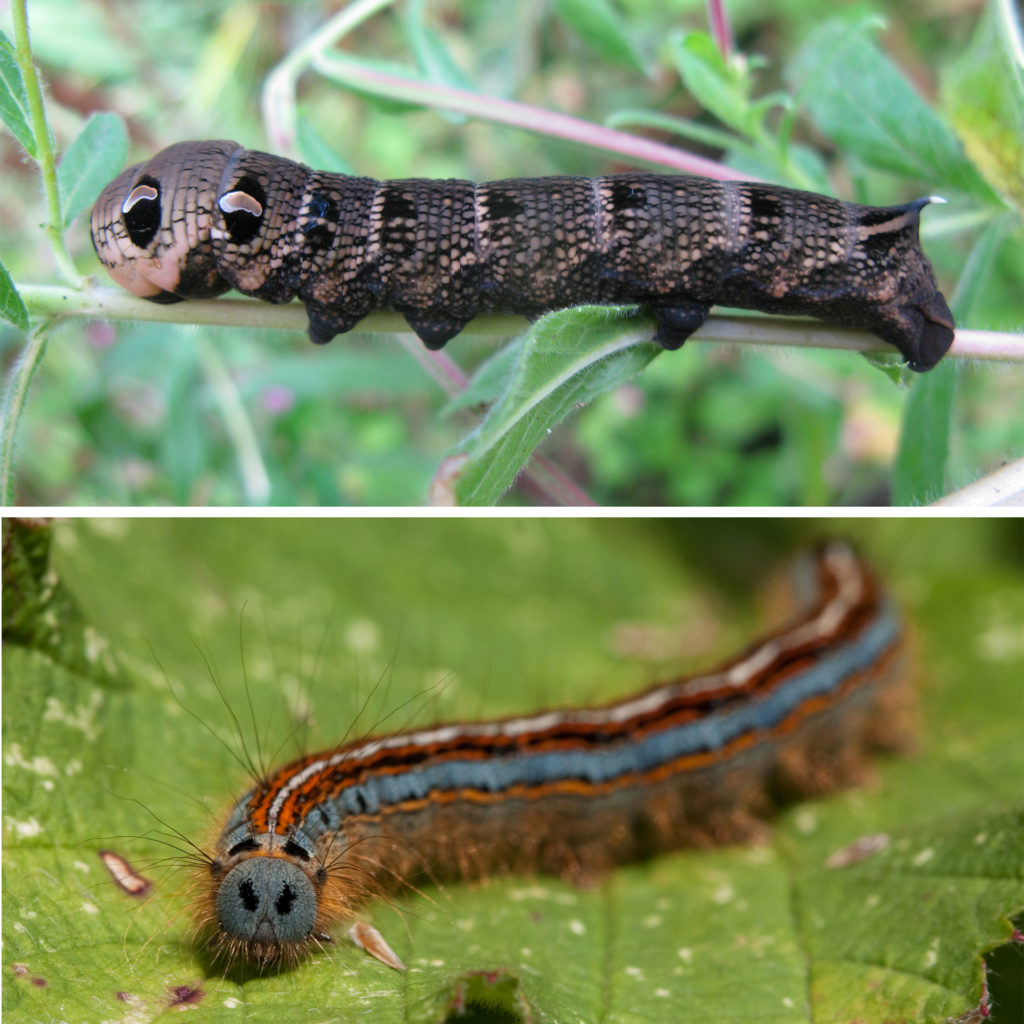
Top: Elephant hawk moth caterpillar. Copyright Andrew Halstead. Above: Lackey moth caterpillar. Copyright Vaughn Matthews.
Favourite foods of caterpillars include:
- Nasturtiums
- Cabbage
- Cuckoo flower (lady’s smock)
- Common sorrel
- Bird’s foot trefoil
Plants For A Butterfly Window-box
Nectar-rich butterfly delights include:
- Chives
- Pale-yellow scabious
- Forget-me-not
- Viper’s bugloss
- Sage
- Thyme
- Fennel
- Mint
- Aubretia
Plants For A Butterfly Border
Here are some bigger plants and bushes that could attract clouds of butterflies to your garden! Of course, you could also use any of those suggested above for the window box.
- Holly
- Thistle
- Hops
- Buddleia
- Verbena
- Ivy
- Lavender
- Hebe
Download or pick up a booklet
 The Wildlife Trusts and RHS have published a beautiful – free – booklet with colourful advice and easy tips designed to make our outdoor spaces more attractive to butterflies, moths and their caterpillars. It’s available here and on the Wild About Gardens website from March 12.
The Wildlife Trusts and RHS have published a beautiful – free – booklet with colourful advice and easy tips designed to make our outdoor spaces more attractive to butterflies, moths and their caterpillars. It’s available here and on the Wild About Gardens website from March 12.
These will be available at special events during the spring including the Chelsea Flower Show. It will be promoted through Wildlife Trust events, visitor centres and community action groups including the In Bloom network.
Check out the Trusts’ full range of wildlife gardening booklets, advice and inspiration

